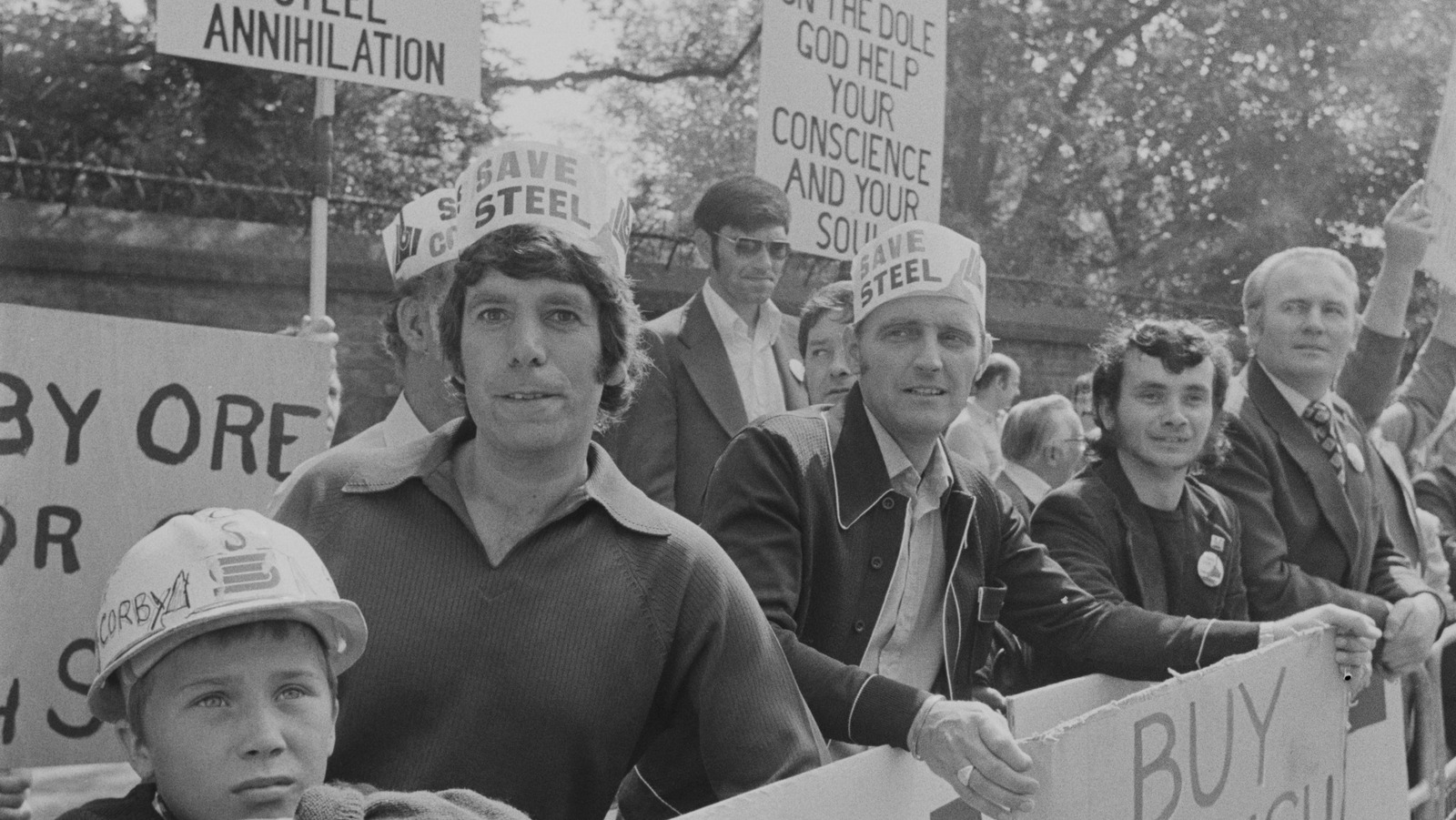
After the workers enjoyed a short-lived taste of freedom, Big Steel revealed its master plan following the end of World War I in 1918. Post-Armistice Day, U.S. Steel reverted to the same abhorrent conditions as before wartime — in addition to swearing off the unions and underpaying the laborers once again. Worst of all, the 12-plus hour, seven-day shifts returned as if they never left, per History. Once leverage had tipped again toward corporate interest, the working man, toiling in steel, bore the brunt end of this executive decision.
READ RELATED: FBI Found Frank James’s Gun, Fireworks at Subway Shooting
For the first time in history, U.S. labor unions were also siding in favor of corporate interest, attempting to stave off strikes at all costs to keep their newly formed allegiances. Frustrated workers began abandoning said unions in droves. By September of 1919, more than 350,000 steelworkers, comprised of at least 30 different ethnic and racial backgrounds, came together to strike against the steel giants, per Ohio History Connection. The event would prove futile — and for some strikers, fatal.
Source:




